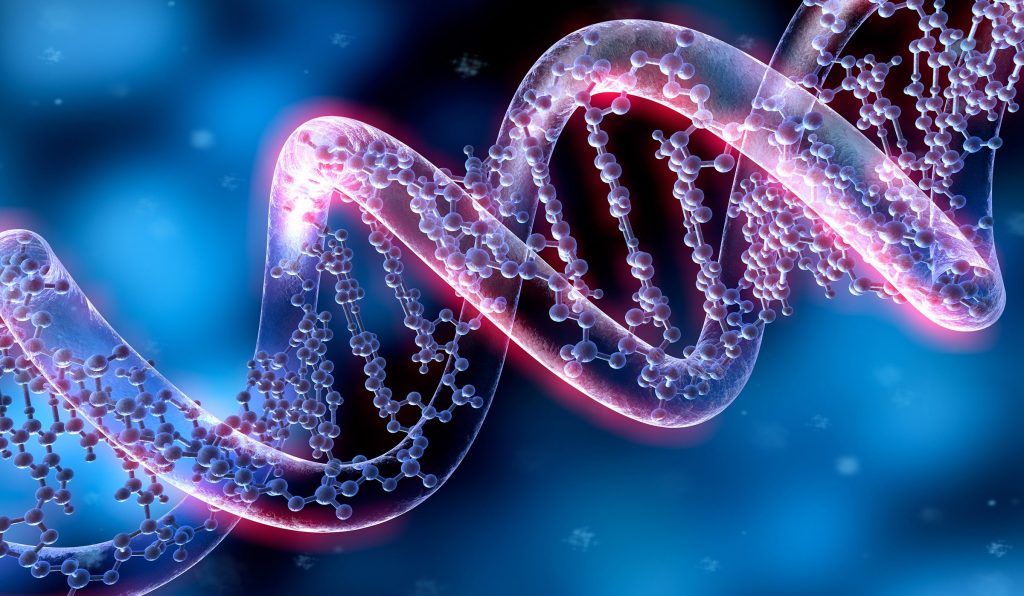
Almost 70 years ago, when James Watson and Francis Crick unraveled the mystery of DNA’s double helix, scientists appeared to have wonder on the run.
Men and women in white coats were rapidly eliminating the element of mystery from physics and biology.
But wonder, far from being on any kind of “endangered sensations” list, is making a comeback.
A case in point? Scientists continue to be staggered by the sheer complexity of the atomic world. There’s a lot more “way down there” than protons, neutrons, and electrons. At least 50 sub-atomic particles (quarks and their kin) have been identified, and as many as 150 more are suspected.
Where will this micro-reality end? How far does the invisible universe “go”? No one knows. We may soon approach the threshold of our ability even to investigate such questions.
Biologists continue to explore the mysteries of DNA – the blueprint for You that exists in all 50 trillion of your body’s cells.
DNA is almost magically compact. Nearly two meters of it is folded into each cell nucleus. This is equivalent to putting 30 miles of fishing line into a cherry pit. Writing out the DNA-borne information of just one cell would require 300 volumes, each 500 pages in length. Your body’s DNA is essentially a living library.
In his rollicking grand tour of the history of science, A Short History of Nearly Everything, Bill Bryson writes: “A protein is no good to you if it can’t reproduce itself, and proteins can’t. For this you need DNA. DNA is a wiz at replicating – it can make a copy of itself in seconds – but can do virtually nothing else. So we have a paradoxical situation. Proteins can’t exist without DNA, and DNA has no purpose without proteins. Are we to assume then that they arose simultaneously with the purpose of supporting each other? If so: wow.”
During the last half century a lot of the brightest people on earth have been saying “wow.” Just when scores of scientists and sociologists figured that awe would have little place in a myth-busted world, we have begun to grasp how utterly complex and mysterious this world really is.
What’s the upshot of this period of unprecedented discovery?
Some scientists have gravitated to the fog of agnosticism. It may seem as if proteins and DNA were specially designed for each other, but maybe there’s a natural mechanism we just haven’t found yet. Why jump to the conclusion that there’s a Grand Plan behind everything?
The late Carl Sagan, after all, was filled with wonderment at the fierce, indescribable beauty of the universe. Yet he never felt drawn to faith.
But Francis Crick himself, while remaining a religious skeptic, admitted toward the end of his life that the case for design is astonishing. In his book Life Itself, he writes, “An honest man, armed with all the knowledge available to us now, could only state that in some sense, the origin of life appears at the moment to be almost a miracle, so many are the conditions which would have had to have been satisfied to get it going.”
There’s another way to go – a pathway being followed by an encouraging number of those in the scientific community.
Propelled by wonder, we can offer gratitude, praise, and trust to the Artist who originally planted the notion of beauty within our souls, and who appears to paint on a palette that is simultaneously larger, smaller, and more incredible than we ever imagined.
Which means that in our personal prayer repertoire it is entirely appropriately to include a prayer that is only one word long.
Wow.
